Outside of England, just die-hard fans of fairy tales heard about Dick Whittington and His Cat but everybody is familiar with Puss in Boots. The plot is essentially the same - make the best of your life even if the chances are not in your favor. If you play your hand right, you can win even if your cards are not the best.
In both stories, a very important role is reserved for the cat. But there is one very important difference: while the miller's son could be almost anybody, Richard (Dick) Whittington was a real person who lived in the 14th and 15th centuries. He was very rich, politically successful, and left a lasting impact on society.


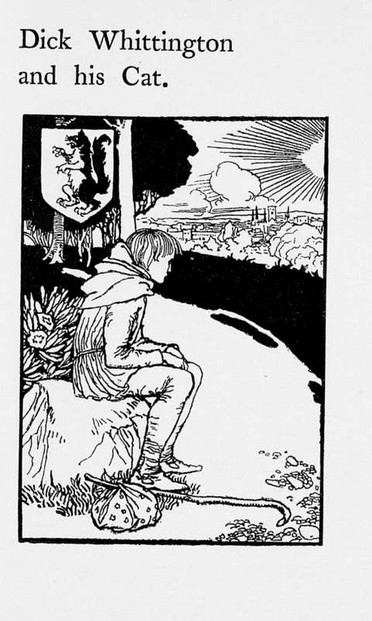
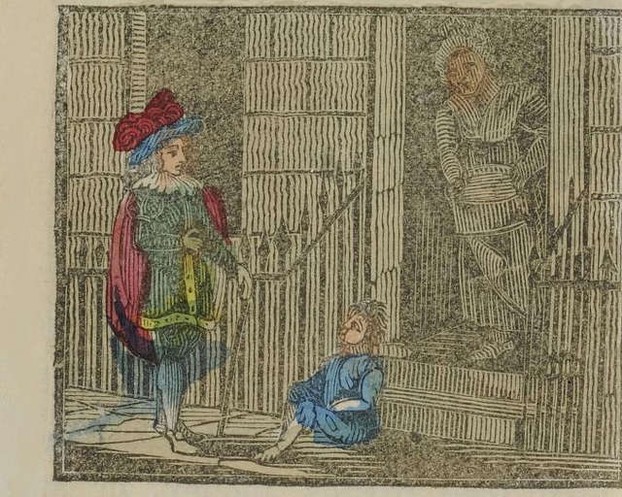
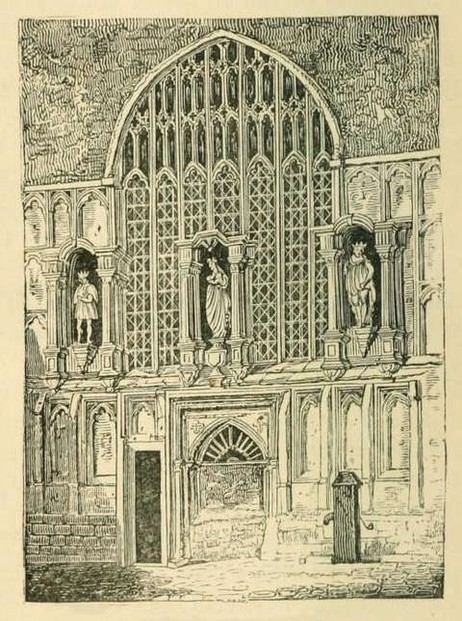
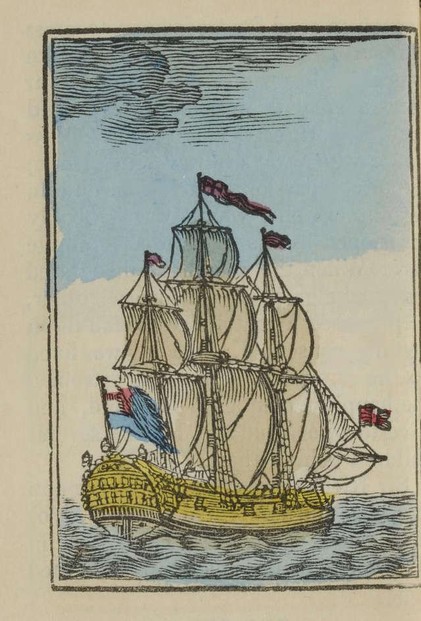
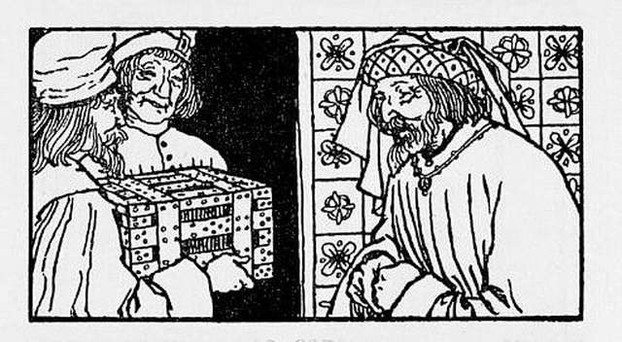
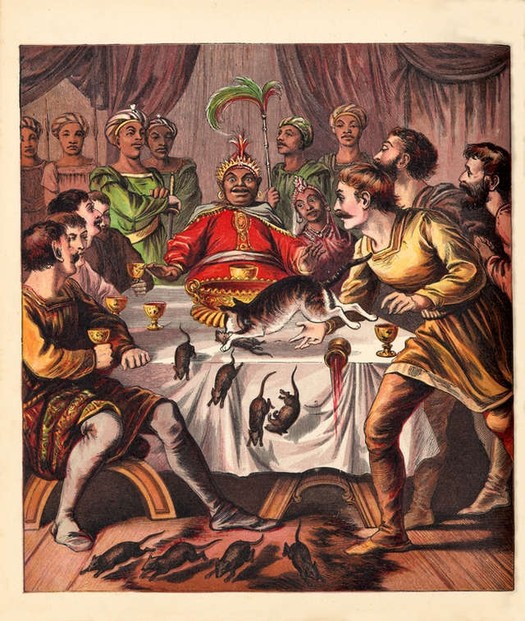
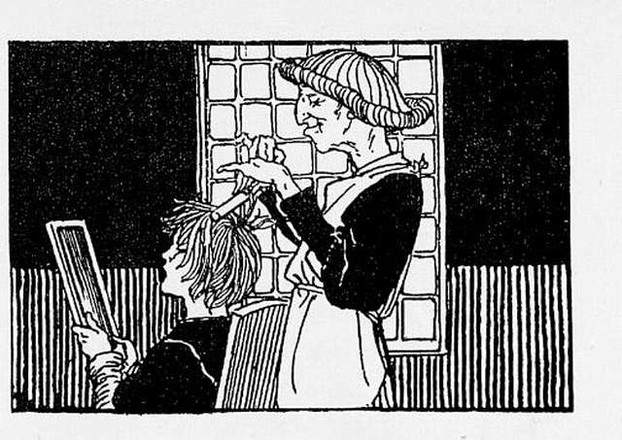
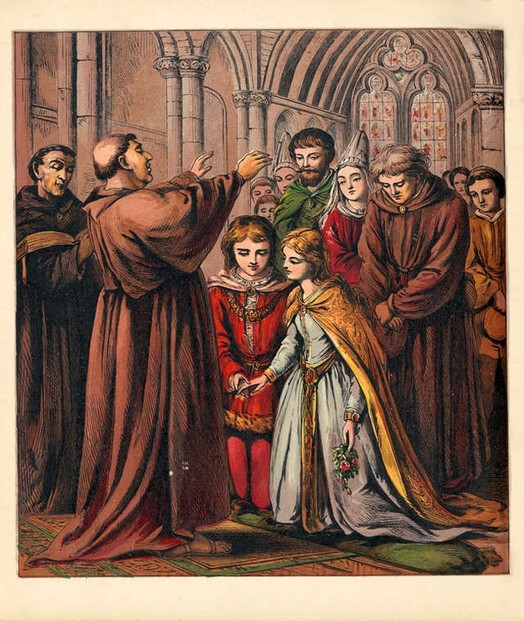
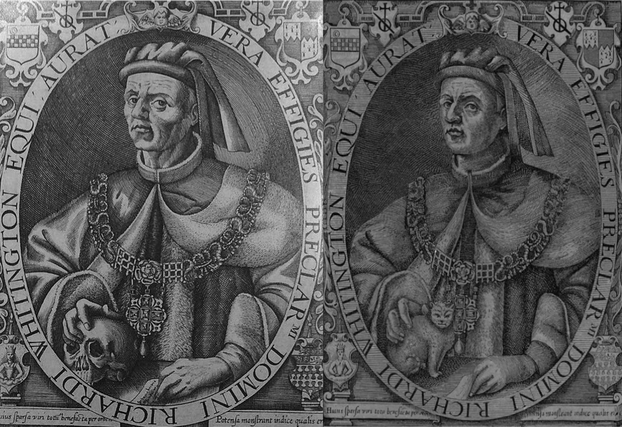
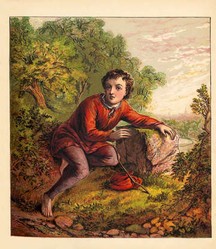

 Vintage Postcard Artists with 10 Examples of Easter Cardson 02/21/2025
Vintage Postcard Artists with 10 Examples of Easter Cardson 02/21/2025
 Valentine's Symbolson 01/23/2025
Valentine's Symbolson 01/23/2025
 Thanksgiving Symbolson 11/12/2024
Thanksgiving Symbolson 11/12/2024
 Famous Witches in Literary Historyon 10/06/2024
Famous Witches in Literary Historyon 10/06/2024
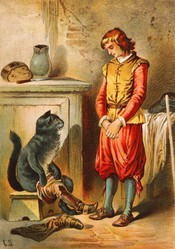
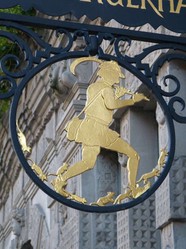
Did you know that Dick Whittington and His Cat is based on true people and events?
I have heard about the series but didn't watch it. If it comes on my menu, I will look for Rollo.
This is an interesting theory. Dates match but I don't know about the cats in London in those days.
Dick is short for Richard. It sounds more friendly, less serious. It like Hansel instead of Johannes in German fairy tales.
I believe it was imagination.
I don't know. One or more of the people who were close to Richard Whittington was probably involved, but the story very likely evolved through many years and retellings.
None specific. Whatever my research brings.
The Geni site has the Richard Whittington genealogy from his father backward paternally 10 generations:
William Whittington V (1310-1359)
William Whittington IV (1280-1332)
William Whittington III (1260-1280), relocated from Warwick to Newent, Gloucestershire, England
William Whittington II (1235-1283)
William de Whitynton (1210-?)
Guy de Witinton III (1180-?)
Guy de Vyteinsen II (1150-?), relocated from northern France to Warwick, Warwickshire, England
Guy de Vyteinsen (1120-?)
Richard de Vyteinsen (1090-?)
Guy de Vyteinsen (1060-?).
Jason Scott Wills, as manager of the Whittington information, identifies the first Guy de Vyteinsen (born 1060) as immigrating to England with William the Conqueror and as in The Doomsday Book. He identifies Vyteinsen as an ancient family name in northern France.
Vyteinsen looks Norse to me, as a Norse descendant and as an admirer of Icelandic author Ragnar Jónasson.
So Richard Whittington ultimately might have descended from Rollo (835?/870?-928?/933), Danish or Norwegian Viking-born ducal ancestor of William the Conqueror.
Might you have watched the 2022 television series Vikings? The character Rollo was part of the aforementioned plot.
The Black-Death plague maximized its casualties and its damages between 1346 and 1353.
Perhaps Richard Whittington -- born perhaps one year later, in 1354, and braving post-plague London perhaps concerned about plague relapses the next, vulnerable 75 to 100 years -- numbered among his pre- and post-humous projects plague survivors and those with plague-killed, plague-surviving family members.
Such sympathetic support to those so suffering possibly would suggest symbolic association with feline sentients who worked against plague flea-riddled mice and rats. Perhaps that subsequently suggested Dick Whittington and his cat, right?
It intrigues me that the real Richard Whittington is the nicknamed Dick Whittington in the fairy tale.
Is it known when Dick showed up as a nickname, whether or not anyone slipped it into conversation about or to Richard and why it supplanted Richard in the fairy tale?
The first, in-text image, above the first reality, Real Richard Whittington, contains what could be a coat-of-arms or a sign to an eatery or an inn.
Is this a case of "artistic license" in which the image illustrator lodges within his interpretation something not in the original story?
If not, what might the animal-sentient species be?